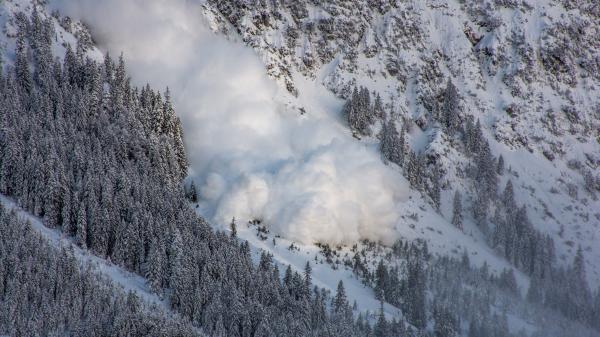Completed NRP 73 research project: Insurance value of forest ecosystems
24.02.2023
Forest ecosystems often provide free natural insurance services through protection against natural hazards.
Forest ecosystems can provide free services such as protection against natural hazards. If the way forests are managed improves these protective services, and if these help to fend off hazards to an extent that exceeds legal requirements, forest owners are providing additional natural insurance. However, since forest owners are generally not recompensed for these services, under-provision may occur and people have less protection than is actually desirable and possible.
The project investigated the extent to which forest ecosystems are capable of providing natural insurance services. In addition, it evaluated residents’ preferences, investigated various institutional framework conditions and studied beneficial factors and obstacles. The project developed and validated a simulation framework for quantification of the protection against natural hazards that mountain forests provide. As a result, it was possible to test the effects of climate, forestry activities and a range of disruptive factors such as wind, bark beetles and rockfalls on forests’ ability to provide protection. The residual risk of rockfalls in the case study used to validate the model was 20–30%, depending on the forest development scenario. Rock size and forest density were the main factors influencing protective capacity.
The project also found that (i) there is considerable willingness to pay (WTP) for a reduction in the risks presented by natural hazards (above and beyond current legal requirements); (ii) it is not possible to adopt a uniform approach to insurance because of the varying preferences and estimates of WTP of survey participants and the different regions, and (iii) it is possible to develop scientifically based natural hazard management solutions with real-world applications by linking with forest management and hazard modelling components. The theoretical insurance model developed in the project also shows that including natural protection through forests in insurance contracts can create a win-win situation for both insurance companies and homeowners. The possibility of combining financial and natural insurance may in turn encourage forest owners to provide such protection through forests, which would be beneficial from a societal point of view.
More information:
More information on the research project
Selected publications:
Contact:
Prof. Dr. Roland Olschewski
Environmental and Resource Economics, Swiss Federal Institute for Forest, Snow and Landscape Research WSL
+41 44 739 25 62
roland.olschewski@wsl.ch
